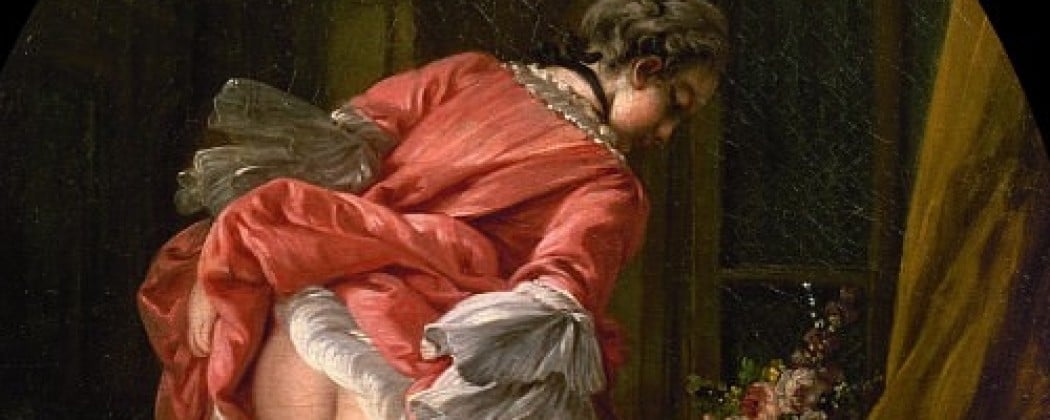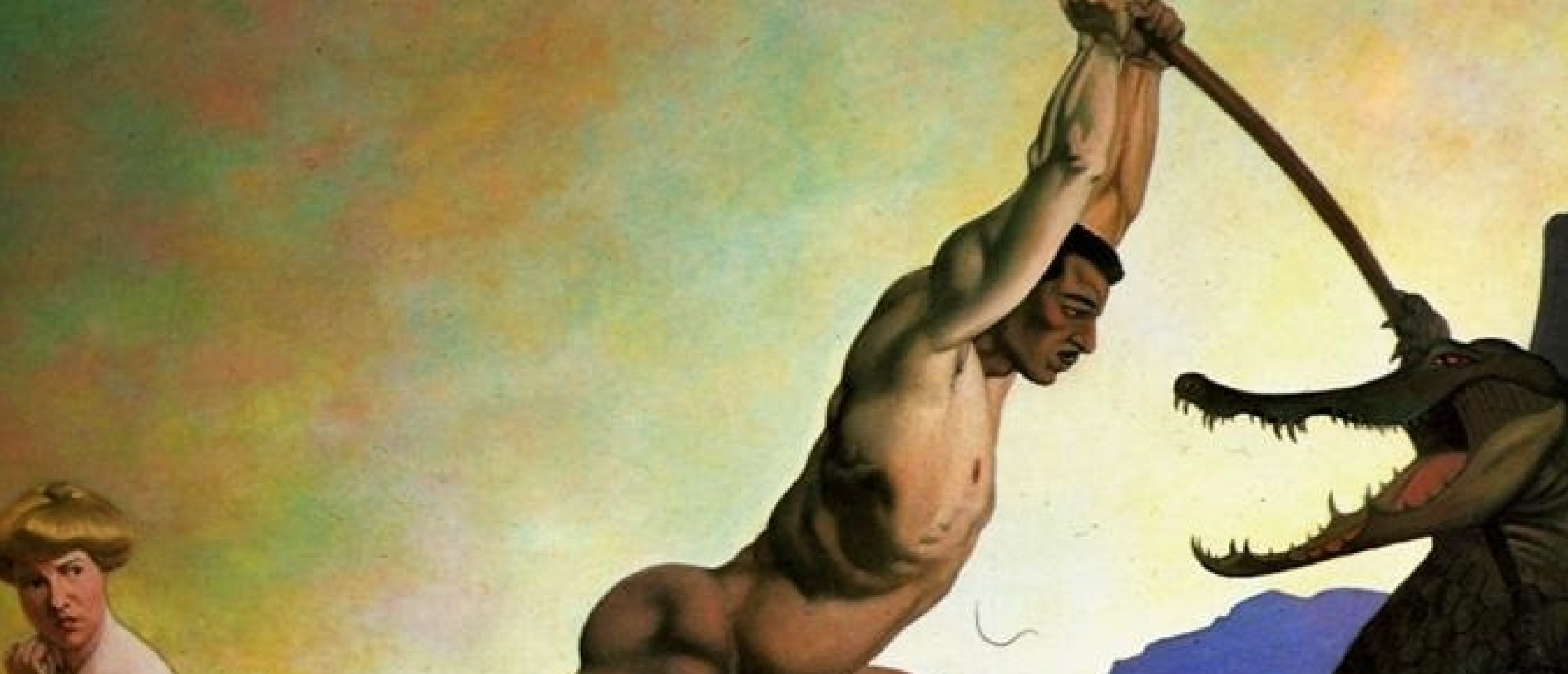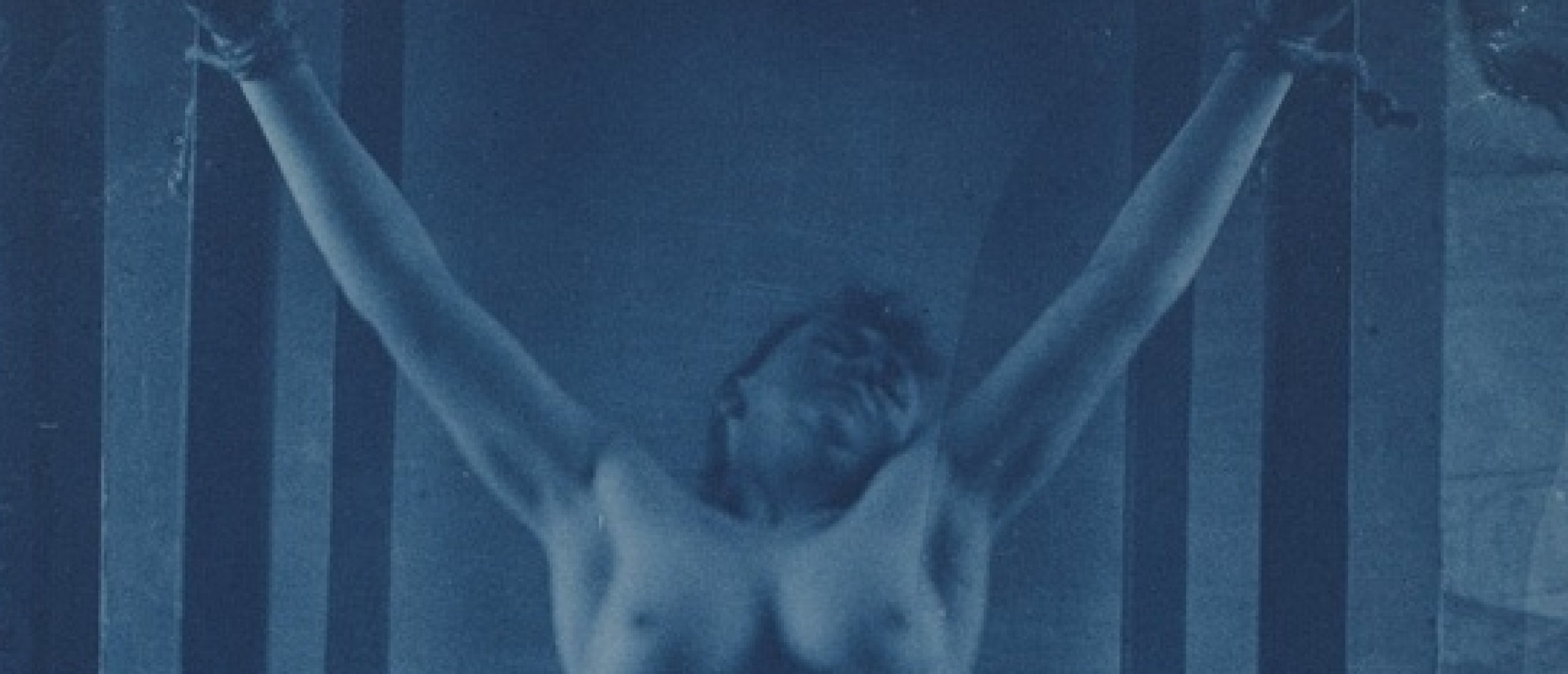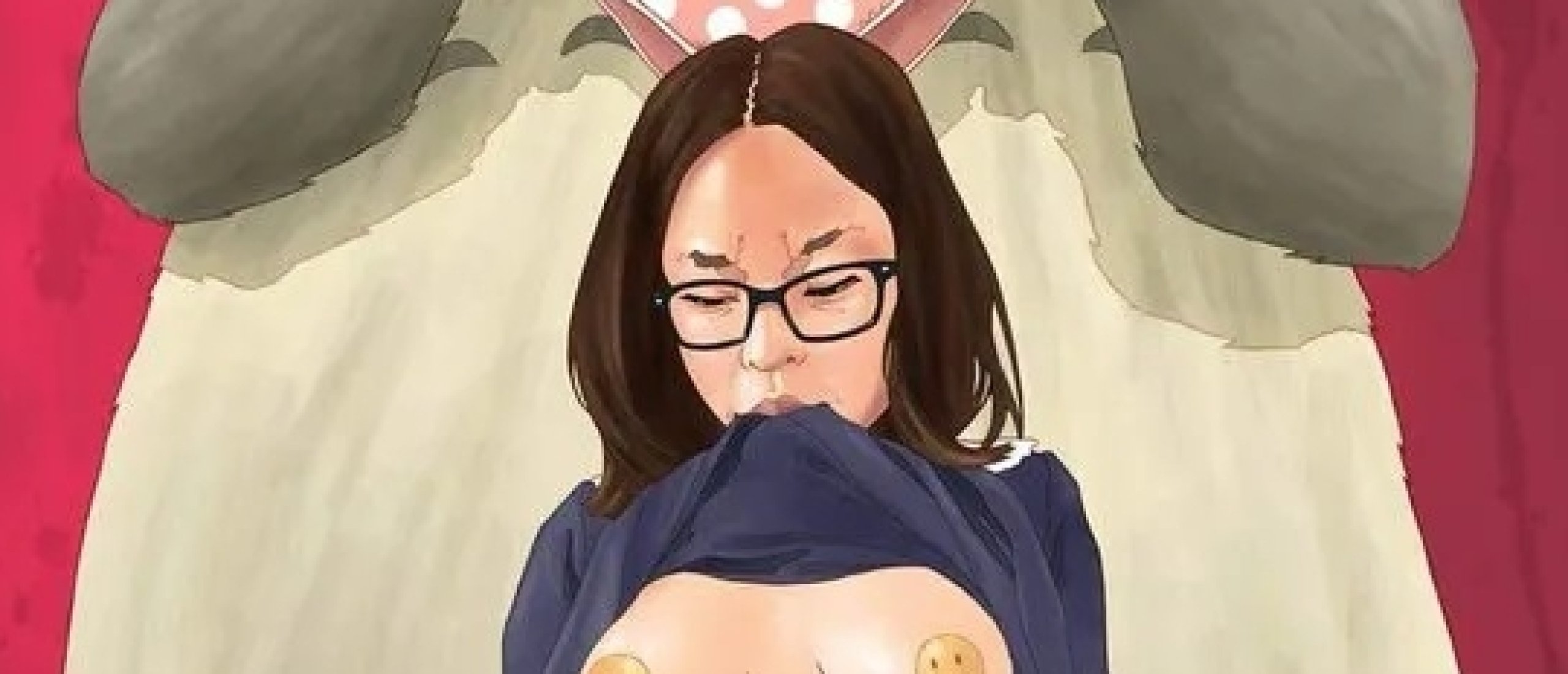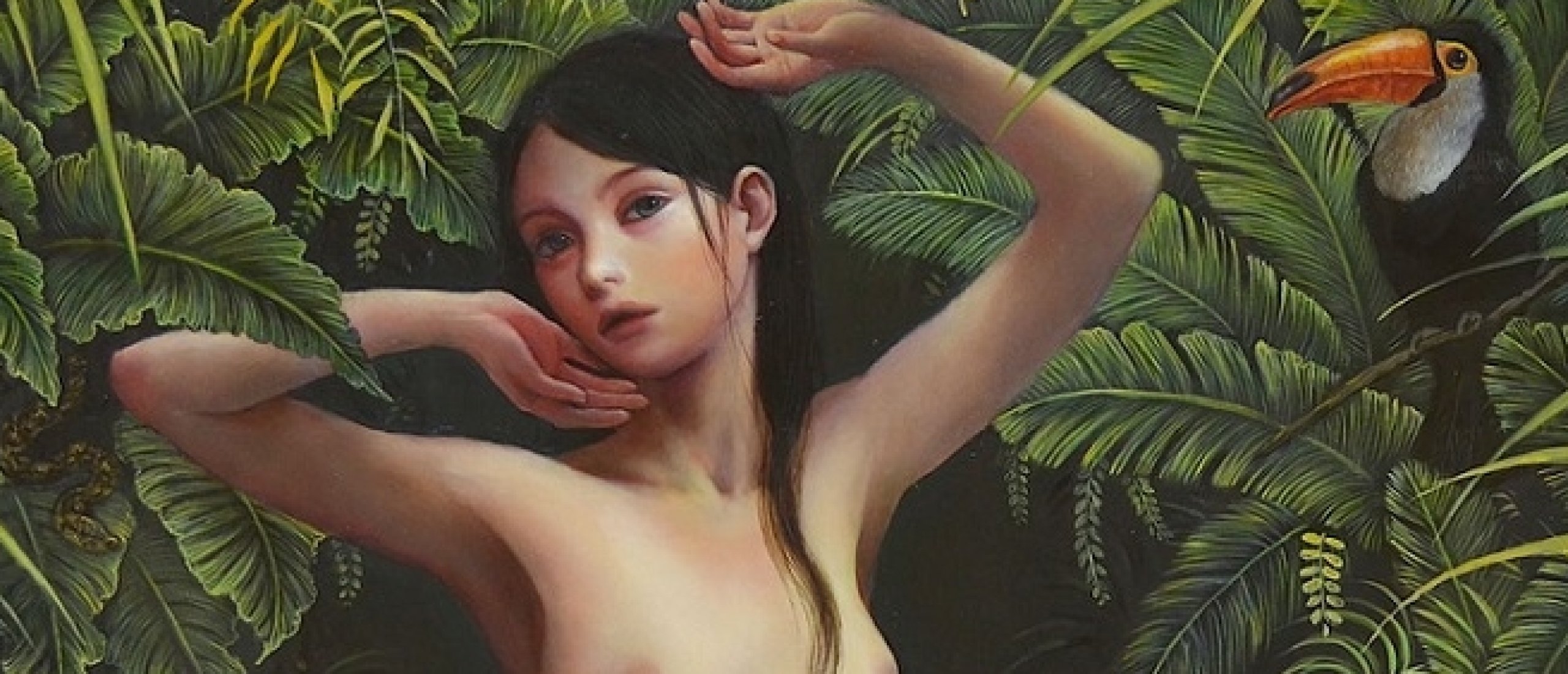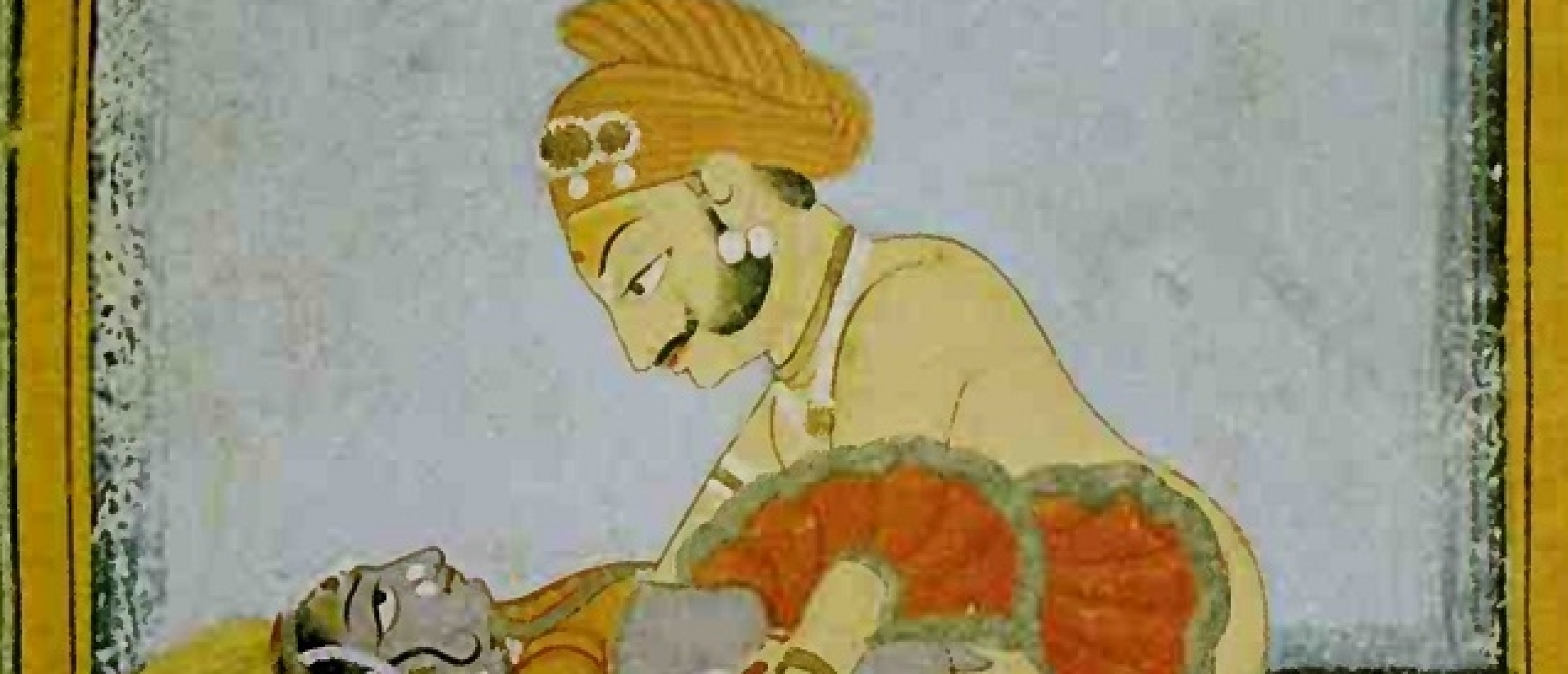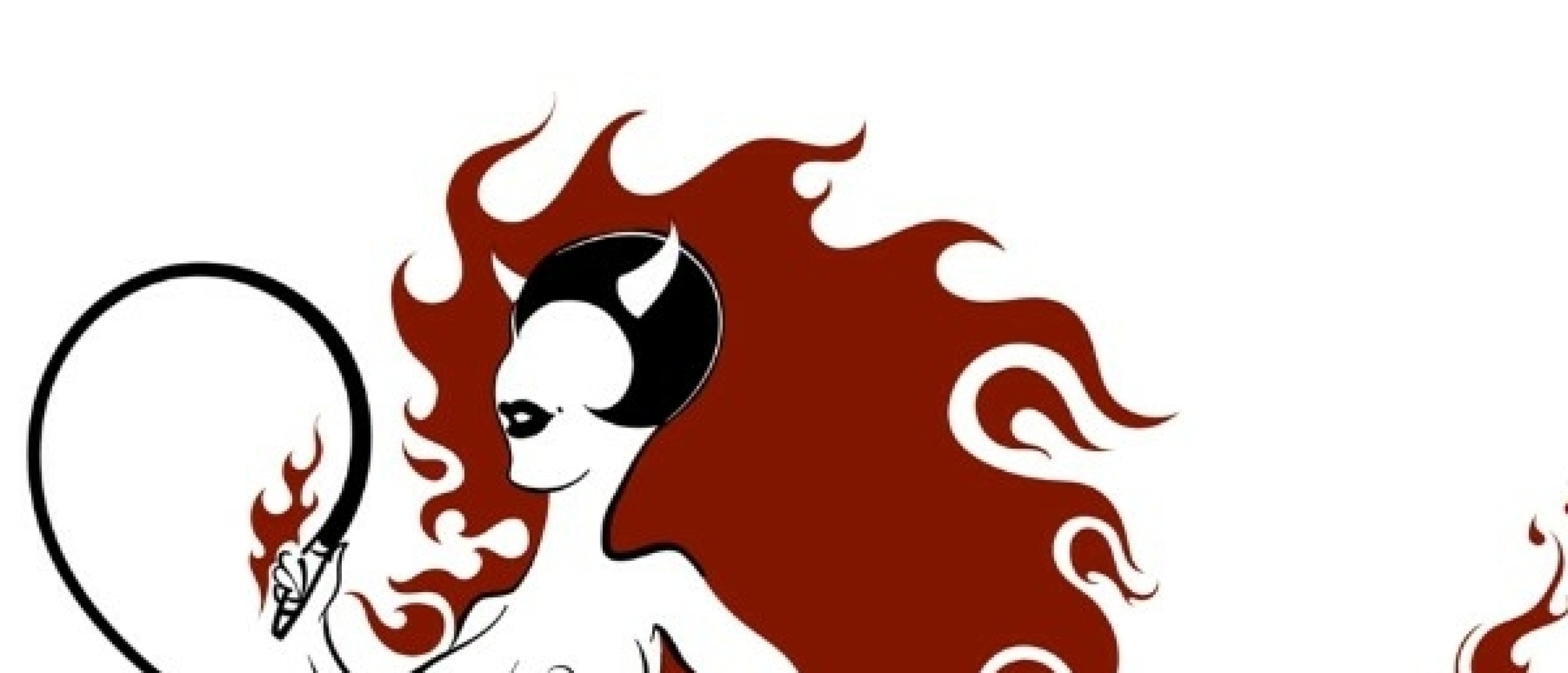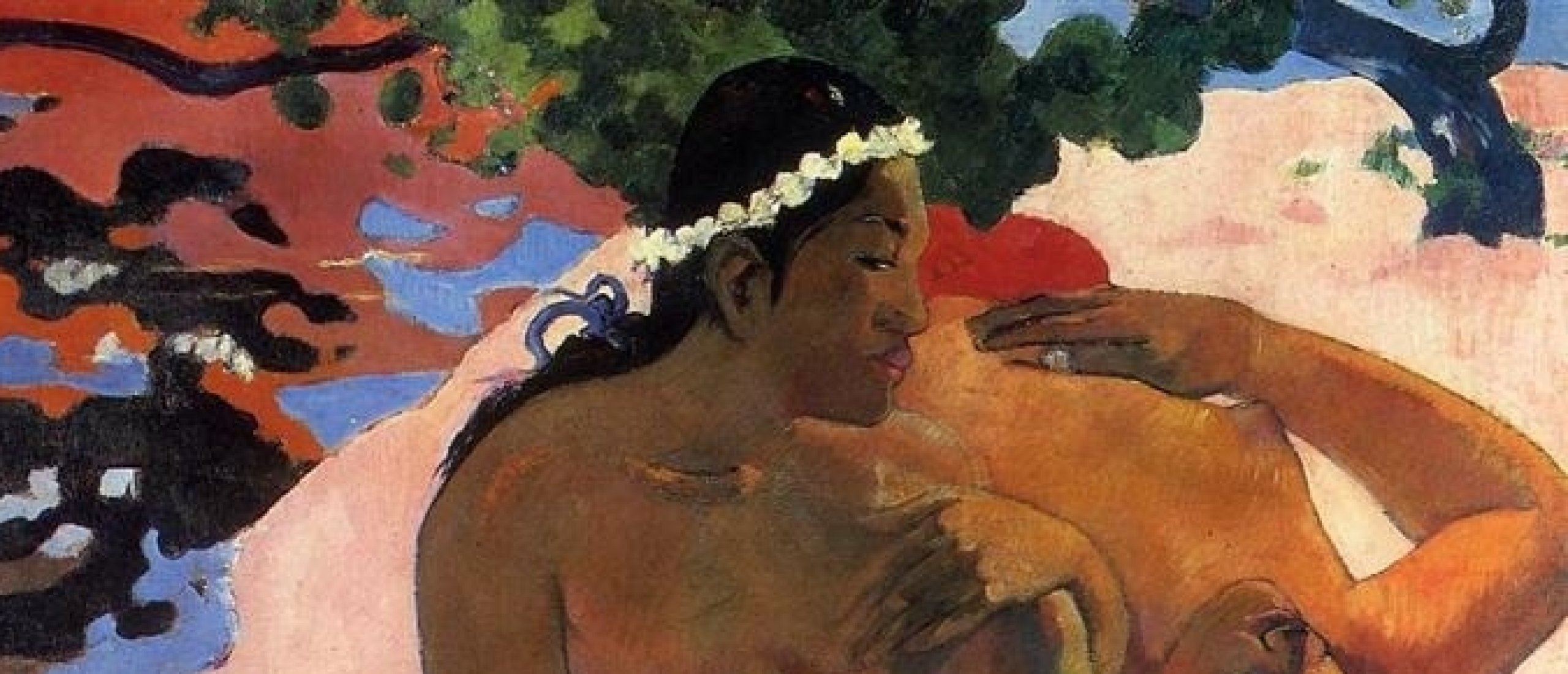
In an earlier interview with Peter Webb, the world-renowned English artist David Hockney (1937) stated that he thinks eroticism is interesting as a subject as long as it comes naturally. He never deliberately accentuates the eroticism in his work with the exception of his painting The Room, Tarzana that he produced in 1967.
Particular Incident
This work refers to a particular incident and a particular person. The way the buttocks are painted, and emphasised, is a deliberate erotic element. The picture started in an unerotic way, from an ad in the San Francisco Examiner for Macy's Department Store, which showed a bedroom, and that triggered Hockney to add a figure. In this way, The Room, Tarzana became an erotic image.
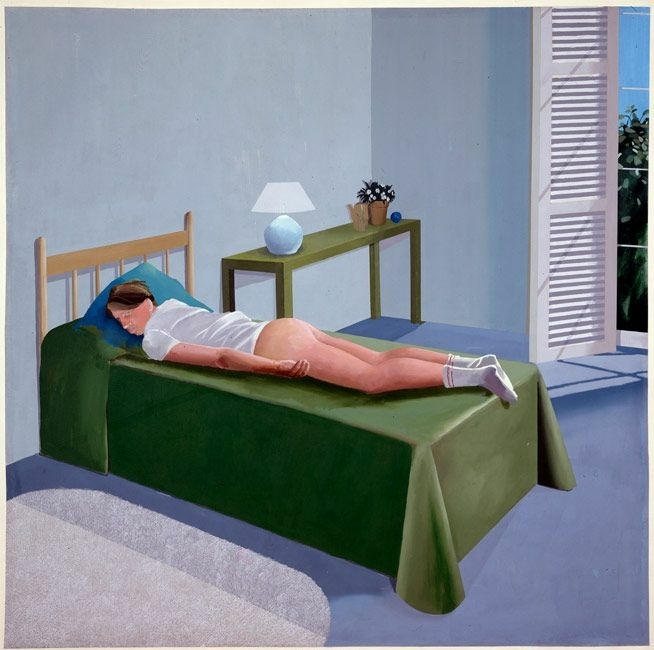
Fig.1. 'The Room, Tarzana ' (1967) by David Hockney
White Buttocks
The portrayed figure is Hockney’s boyfriend Peter Schlesinger who's lying on his stomach, wearing a white t-shirt, a pair of dirty white socks, and a pair of pale white buttocks. The pose has been compared to Boucher’s Mlle. O'Murphy of 1751 (Fig.2) and Gauguin’s Manao Tupapau of 1892 (Fig.3).
Increased Naturalism
The Room, Tarzana, with its controlled light effects and carefully staged interior, and Hockney’s simultaneous experiments with painting from photographs initiated a phase of increased naturalism. At the same time, the male nude, the white-buttocked symbol of sexual freedom, started to appear less often, to be replaced by a focus on intimate relationships.
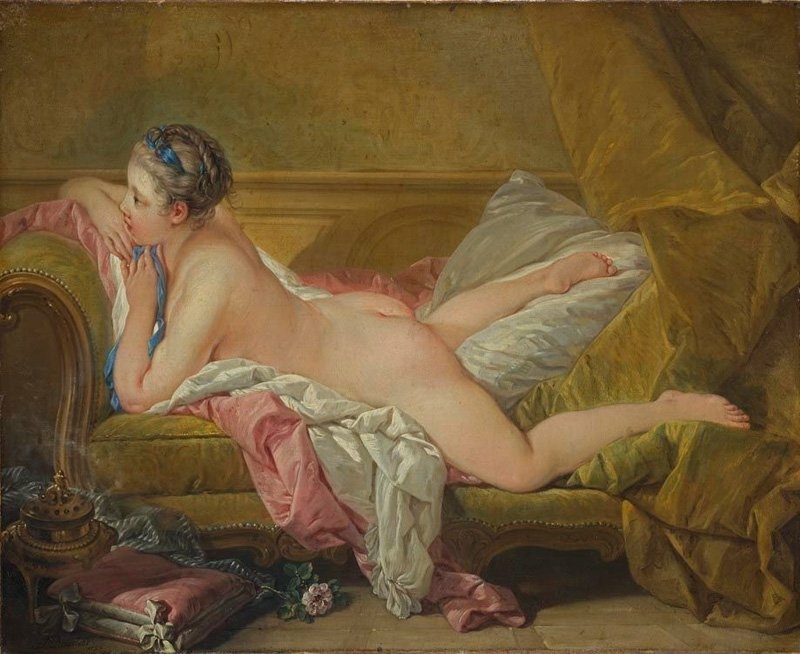
Fig.2. 'Mlle. O'Murphy ' (c.1752) by Francois Boucher
Blonde Odalisque
Boucher's nude portrait of Mlle. O'Murphy, that is also known as the “Blonde Odalisque ” , thrilled King Louis XV, asking himself 'Who is this girl whose naked body seems to offer itself to him?' Barely 15 years old, Marie-Louise, who had served as a model, became his mistress.
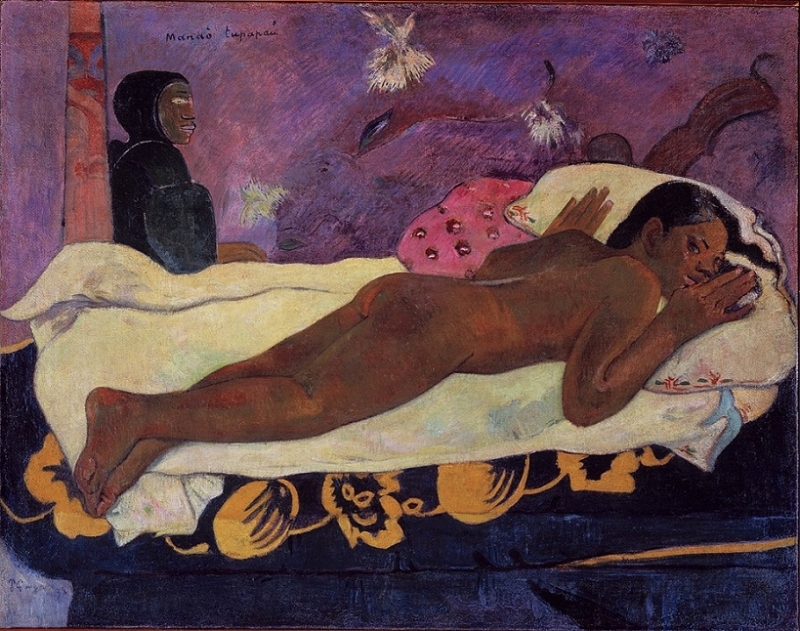
Fig.3. 'Manao Tupapau (Spirit of the Dead Watching)' (1892) by Paul Gauguin (Wikip[edia.org)
Ghost
The young female model lying on the bed here (Fig.3), is Gauguin's 13-year-old native "wife" Teha'amana. The French artist said the title may refer to either the girl imagining the ghost, or the ghost imagining her
In our A Closer Look section in Premium you can find more studies of individual erotic pieces
Click HERE for an analysis of the subversive Lowbrow masterpiece Appetite for Destruction by Robert Williams
Source: The Erotic Arts by Peter Webb

